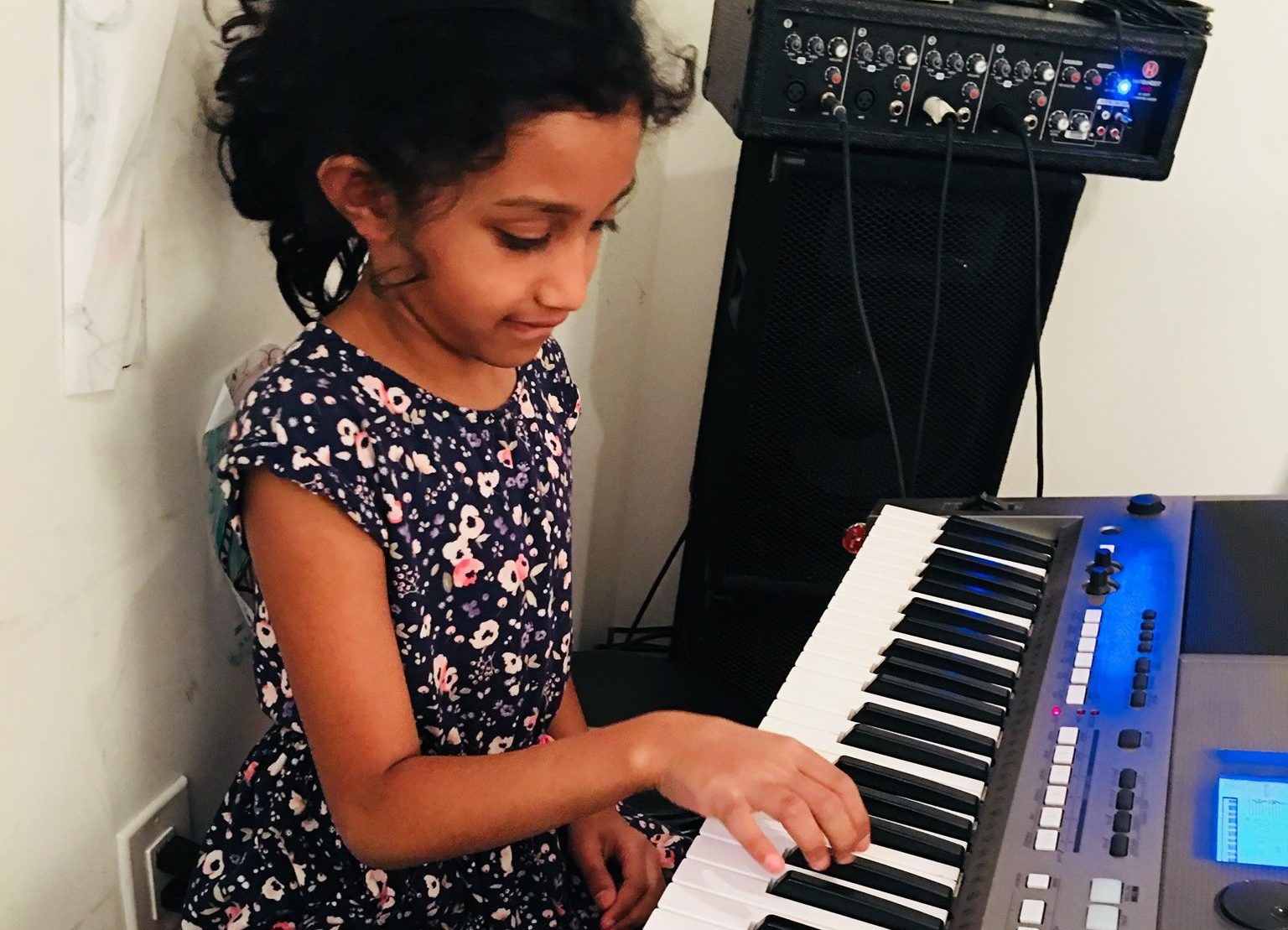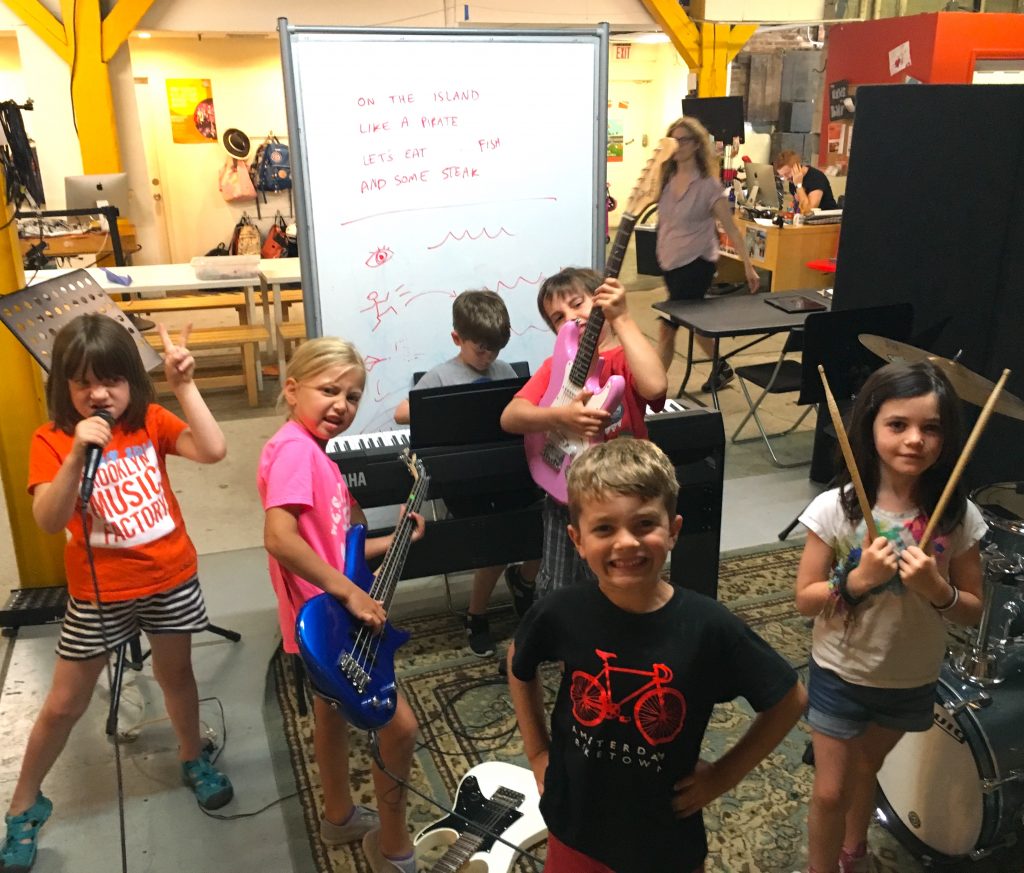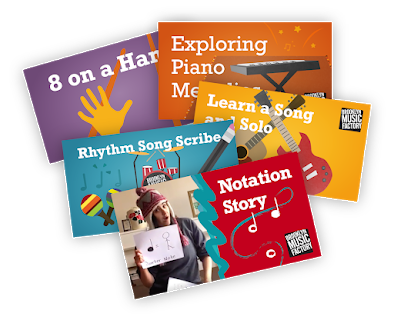Ear, Brain, Body. Understand Music Lessons for Kids in Just 3 Pictures
In teaching thousands of music lessons for kids over the years, a question we get a LOT at Brooklyn Music Factory is, “Will my child learn how to read music?” The short answer to that question is “yes”. But there’s a longer answer too—one that gets to the bottom of how and why we teach music the way we do. So yes, your child will learn to read music. But they’ll learn many other essential music skills as well. Read on for more from BMF co-founder Nate.
Let’s take a moment to sketch out what’s actually happening when a piano player sits down to play a song at the piano.
(Surprise: Observers often can’t tell, but different musicians use different approaches to playing music—and sometimes the same musician will use different approaches during the same song!)
Option 1: The Body-First Approach
The pianist memorizes the hand positions for every chord and then relies on muscle memory to play the song. The musician can literally play the song paying as little attention as you and I do to brush our teeth. They’re relying entirely on muscle memory.
We call this a body-first approach. The pianist doesn’t need any brain power to play the song, and they may not even be listening. (If they are listening, they are likely simply enjoying the music—just like the audience is.) The key is that the pianist’s body knows what to do so well that the pianist doesn’t have to pay attention.
In music lessons for kids, students develop “body-first” skills through repetition and drills.

Option 2: Ear-First Approach
The pianist quiets their inner ear and waits for the song, the melody, to start inside their head. Then they translate the song in their head to the piano by playing chord progressions and melodies. In real time, the pianist is translating from the music they hear to playing it on the instrument, minimizing mistakes by continuing to play, never stopping, even when the hands hit the wrong piano key.
Pianists in piano bars are true masters of this technique. When a visitor requests a song—one the pianist doesn’t know well or isn’t in their repertoire—the pianist goes to the library of songs in their head and tries to remember or ‘hear’ the one being requested. The pianist probably remembers some key elements of the song and then just dives into their own rendition. They make some “mistakes” —most of which the audience doesn’t notice—but the same rule applies from the body-first approach. The pianist never stops, making the song look easy, even though they are drawing on a ton of skill to play.
We call this an ear-first approach, though the musician also needs to use their brain a lot to be able to figure out a song on the spot like that. To translate a song into chords and an actual melody, a musician needs lots of understanding and analysis. The body actually doing what the brain has figured out is the last step.
At BMF, our music lessons for kids include LOTS of music games—where students gradually develop strong ears and listening skills.
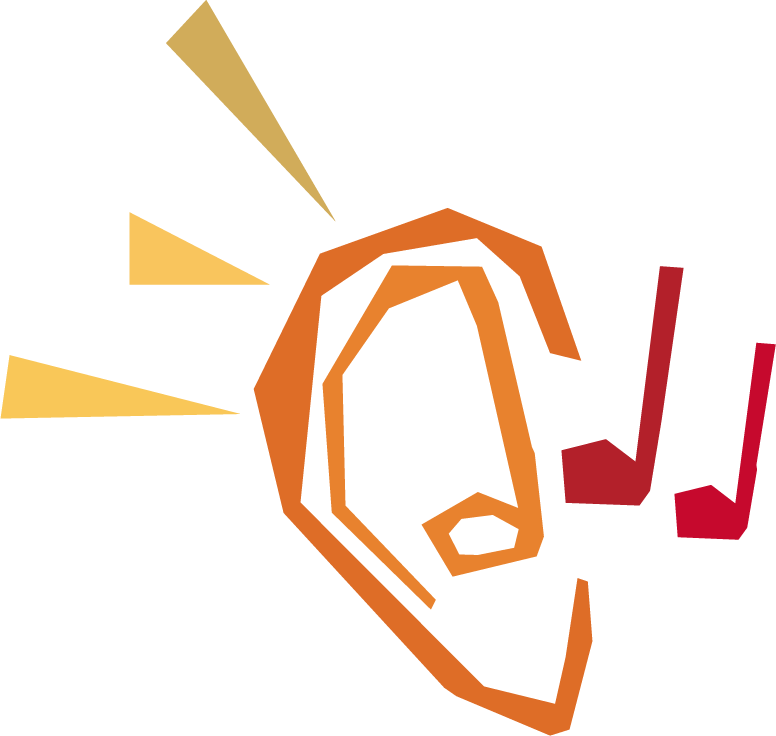
When music lessons for kids focus on brain first, ie., “reading music” at the expense of listening to music, those kids often grow into adults who cannot remember a thing that they learned in those early lessons. Sound familiar?
Option 3: Brain-First Approach
In the final approach, the pianist places a piece of sheet music on the music stand and, after a brief glance, launches into song. Many or most people believe musicians rely on this skill more than any other. (And it’s why so many parents ask if their kids will learn to read music in their lessons.) In fact, as a musician grows and matures, strengthening their ears along the way, they need the brain-first approach less and less to play. Let’s look at why.
In the brain-first approach, the body and ear take a backseat. Instead, the brain looks at all the symbols on that piece of sheet music (notes, rests, chords, lyrics, etc.), makes sense of what they see there, and then, depending on how familiar they are with the song and all the patterns on that piece of sheet music), start playing automatically! Again, sight reading can kinda seem like magic!
The hurdle for students who learn with the brain-first (or brain-only) approach is that they often spend little to no time developing their ears. In other words, the pianist never really hears the music. Instead, they can’t actually listen to what their hands are playing because they are concentrating so hard just to translate the notes on the page.
When music lessons for kids focus on brain first, ie., “reading music” at the expense of listening to music, those kids often grow into adults who cannot remember a thing that they learned in those early lessons. Sound familiar?
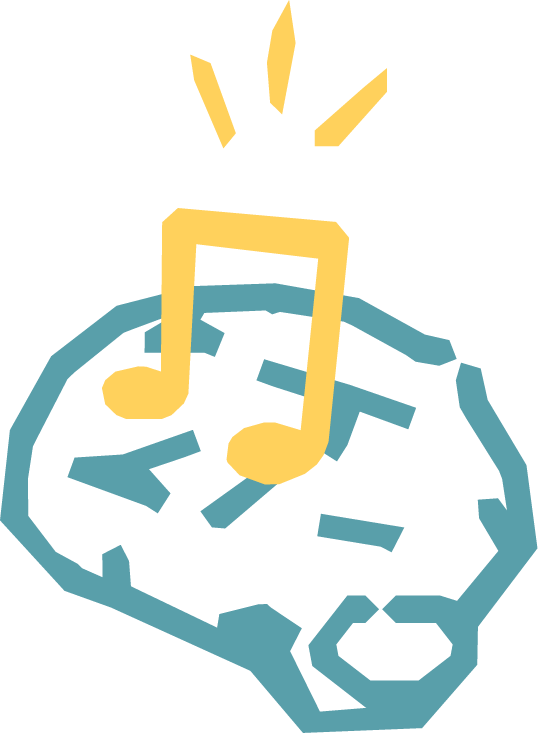
At Brooklyn Music Factory, students learn to listen AND to read.
Want to try your first lesson free? Learn more HERE!
P.S. And you can always try out our music games for free at home on BMFTV!

